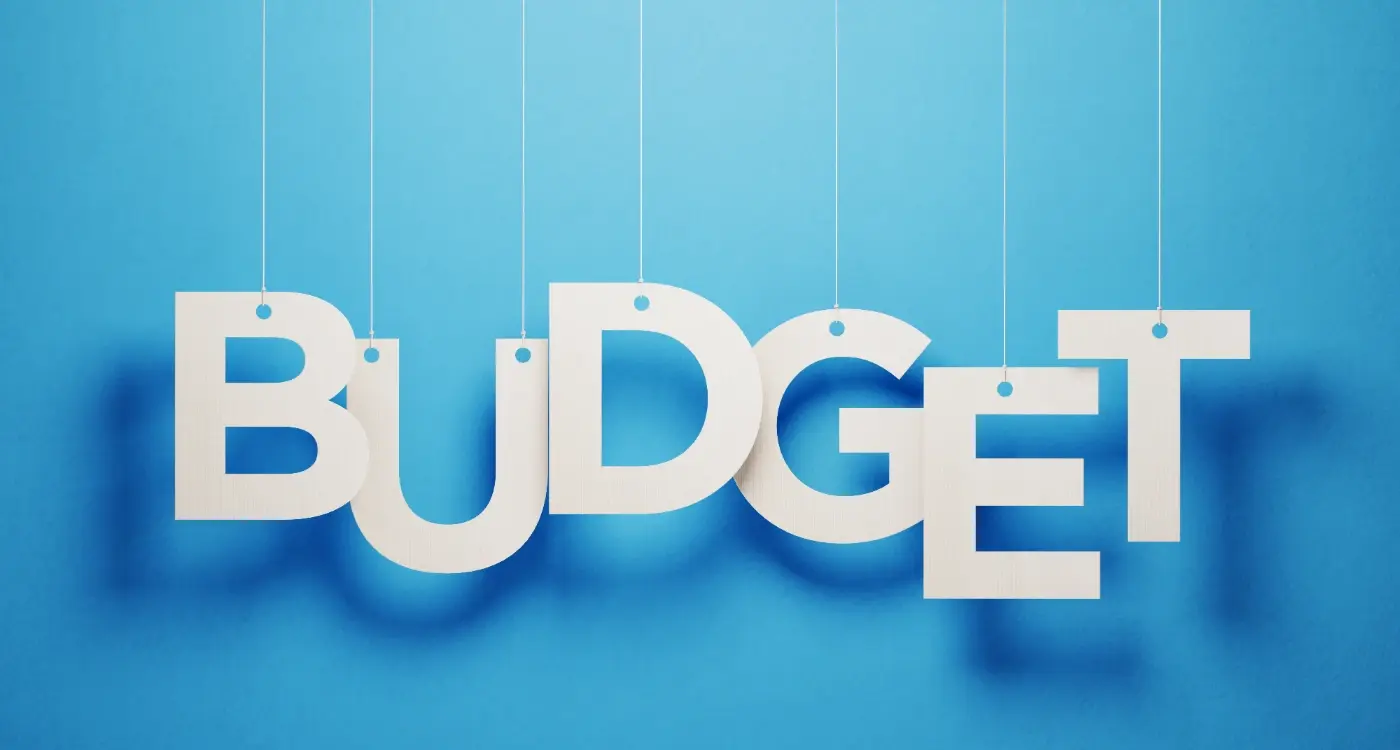What Timeline Factors Affect Mobile App Feasibility Studies?
Have you ever wondered why some mobile app projects seem to fly through development whilst others get stuck in endless planning phases? After working with hundreds of clients over the years, I can tell you that the secret often lies in understanding how timeline factors affect your feasibility study from day one.
When we talk about app development timeline planning, most people think about the actual coding and design work. But here's what many don't realise—the feasibility study phase can make or break your entire project schedule. It's during this stage that we uncover all the hidden complexities, potential roadblocks, and resource requirements that will shape your mobile app schedule for months to come.
A thorough feasibility timeline isn't just about ticking boxes; it's about setting realistic expectations that prevent costly surprises down the road.
The truth is, rushing through feasibility studies to get to the "exciting" development phases is one of the biggest mistakes I see clients make. Each component of your feasibility study—from stakeholder requirements gathering to technical complexity assessment—has its own timeline requirements that can't be compressed without consequences. Some factors like market research duration are completely outside your control, whilst others like resource availability planning depend entirely on your internal processes. Understanding these timeline variables before you start means you can build a realistic project plan that actually works in the real world, not just on paper.
Understanding Feasibility Study Basics
Right, let's start with the basics—what exactly is a feasibility study for mobile apps? Think of it as your reality check before you spend thousands of pounds building something that might not work. I've seen too many brilliant app ideas crash and burn because nobody bothered to ask the hard questions upfront.
A feasibility study examines whether your app idea makes sense from technical, financial, and market perspectives. It's not just about whether you can build it; it's about whether you should build it. The study looks at your resources, timeline, budget constraints, and potential roadblocks that could derail your project.
Core Components of App Feasibility Studies
- Technical analysis of required features and functionality
- Market research and competitor evaluation
- Resource assessment including team skills and availability
- Timeline estimation for development phases
- Budget requirements and financial projections
- Risk identification and mitigation strategies
The timeline for completing a feasibility study varies dramatically depending on your app's complexity. A simple utility app might need just two weeks of analysis, whilst a complex platform with multiple integrations could require two months or more.
Why Timeline Matters in Feasibility Studies
Here's something many clients don't realise: rushing your feasibility study will cost you more money later. I've worked on projects where cutting corners during the feasibility phase led to massive scope changes and budget overruns six months down the line. Taking time to properly assess your project's viability saves headaches—and cash—in the long run.
Key Stakeholder Requirements
Getting stakeholder requirements sorted early makes a massive difference to your app development timeline. I've worked on projects where we thought we had everything nailed down, only to discover halfway through that the CEO had completely different expectations about what the app should do. Trust me, you don't want to be in that position.
The tricky bit is that stakeholders often don't know what they want until they see what they don't want. Your marketing director might say they need "simple analytics" but what they actually mean is a comprehensive dashboard with real-time user tracking, conversion funnels, and custom reporting. These miscommunications can add weeks to your feasibility timeline whilst you go back and forth clarifying requirements.
Managing Multiple Voices
The more stakeholders you have, the longer this phase takes. Each department—marketing, sales, operations, IT—will have their own wishlist. Sales wants lead generation features, marketing wants social sharing, and IT wants enterprise-grade security. Getting everyone aligned on priorities is like herding cats, but it's absolutely necessary for accurate project planning.
Documentation and Sign-off
Don't underestimate how long it takes to document everything properly. You need detailed user stories, acceptance criteria, and clear definitions of what "done" looks like for each feature. The sign-off process alone can take days or even weeks in larger organisations where multiple layers of approval are required.
Schedule stakeholder workshops early in your mobile app schedule and get requirements signed off in writing before moving forward—verbal agreements always lead to scope creep later.
Plan for at least two weeks of stakeholder requirement gathering in your feasibility timeline, and double that if you're dealing with enterprise clients or complex organisational structures.
Technical Complexity Assessment
When you're planning a mobile app feasibility study, understanding the technical complexity is like trying to work out how long it takes to build a house—you need to know what you're building before you can set realistic timelines. I've worked on apps that seemed simple on paper but turned into technical monsters once we started digging into the requirements.
The complexity assessment phase can take anywhere from one week for straightforward apps to several months for enterprise-level projects with multiple integrations. Simple apps—think basic calculators or note-taking tools—usually need just a few days of technical review. But once you start adding features like real-time chat, payment processing, or artificial intelligence, the assessment time grows exponentially.
Platform and Integration Considerations
One of the biggest time factors is deciding whether you're building for iOS, Android, or both platforms. Cross-platform development adds complexity layers that need careful evaluation. Each platform has its own technical requirements, and what works smoothly on one might need significant adjustments for the other.
Third-party integrations are where things get interesting—and time-consuming. APIs for social media, payment gateways, mapping services, or cloud storage all need individual assessment. Each integration point is a potential timeline extension because you're essentially evaluating how well different systems will talk to each other.
Backend and Security Requirements
Backend complexity is often underestimated during initial planning. Apps handling user data, requiring real-time synchronisation, or managing complex databases need thorough technical evaluation. Security requirements add another layer—healthcare apps need different compliance checks than gaming apps, and financial applications require extensive security protocols that can extend assessment timelines significantly.
The key is being honest about complexity from the start. Rushing through technical assessment to meet artificial deadlines usually backfires later when unexpected challenges surface during development.
Resource Availability Planning
Planning your resource availability is probably one of the most overlooked parts of the app development timeline—and honestly, it's the thing that catches most people off guard. You might have the best app idea in the world and a solid technical plan, but if your key team members aren't available when you need them, your whole project schedule goes out the window.
When I'm working through feasibility studies with clients, I always ask them to map out their team's availability first. Not just the obvious stuff like holidays and other projects, but the smaller commitments too. Your lead developer might be available in theory, but if they're also supporting three other live apps, that's going to impact your development phases significantly. The same goes for designers, project managers, and anyone else who's critical to your mobile app schedule.
Team Capacity Reality Check
Here's what most people don't realise: even full-time team members aren't 100% available for new development work. They've got meetings, bug fixes, support tickets, and all those little interruptions that eat into their day. I typically plan for about 70-80% capacity for most team members—it sounds conservative, but it keeps your project planning realistic.
Resource planning isn't just about having the right people; it's about having them at the right time with realistic expectations about what they can actually deliver
External dependencies can be even trickier to manage. If you're relying on third-party integrations or specialist contractors, their availability becomes part of your critical path. Always build buffer time into your app development timeline for these external factors—they're usually the ones that cause the biggest delays when they don't go to plan.
Market Research Duration
Market research can be a real time-sink if you're not careful. I've seen feasibility studies drag on for months because teams got lost in the research rabbit hole—and trust me, it's easier to fall into than you might think. The trick is knowing how much research you actually need and when to stop digging.
For most mobile apps, you'll want to budget between two to four weeks for proper market research. This gives you enough time to understand your competition, validate your target audience, and get a feel for market demand without going overboard. Simple apps with straightforward markets? You can probably wrap things up in two weeks. Complex apps entering crowded markets or entirely new territories? You'll need closer to four weeks, sometimes longer.
What Actually Takes Time
Competitor analysis usually eats up the biggest chunk of your research time. You're not just looking at direct competitors—you need to understand adjacent apps, pricing strategies, user reviews, and market positioning. Then there's user research; surveys take time to design, distribute, and analyse. Focus groups need scheduling and coordination. Market sizing requires digging through industry reports and data sources that aren't always easy to find.
When Research Goes Wrong
The biggest mistake I see is perfectionism. Teams think they need to research every possible angle before moving forward. Here's the thing—you'll never have perfect information, and trying to get it will kill your timeline. Set clear research objectives upfront and stick to them. Know what questions you need answered and stop when you've got those answers. The goal isn't to become a market expert; it's to gather enough information to make informed decisions about your app's feasibility.
Risk Analysis Timeframes
When you're planning your mobile app development timeline, risk analysis isn't something you can rush through in an afternoon. I've learnt over the years that proper risk assessment needs dedicated time—and skipping this step will come back to bite you later in the project planning phase.
Risk analysis for mobile app feasibility typically requires between one to three weeks, depending on your app's complexity. Simple apps with basic functionality might only need a week of risk evaluation, whilst complex enterprise solutions or apps with intricate integrations could need a month. The key is matching your analysis timeframe to your project's actual risk profile.
Breaking Down Risk Assessment Stages
Your risk analysis should follow a structured approach across your development phases. Start with technical risks—these include platform compatibility issues, third-party service dependencies, and potential performance bottlenecks. Then move onto business risks like market competition, regulatory compliance, and budget overruns.
- Technical risk identification (2-5 days)
- Market and competitive risk assessment (3-7 days)
- Financial and resource risk evaluation (2-4 days)
- Risk mitigation strategy development (3-5 days)
- Documentation and stakeholder review (1-2 days)
Don't treat risk analysis as a one-time activity. Schedule regular risk reviews throughout your feasibility timeline—risks change as your understanding of the project deepens.
Common Timeline Pitfalls
The biggest mistake I see teams make is treating risk analysis like a checkbox exercise. Rushing through this phase creates blind spots that turn into costly surprises during development. Build buffer time into your mobile app schedule for unexpected risks that surface during analysis—they always do.
Remember, time spent on thorough risk analysis now saves weeks of crisis management later. Your feasibility study's credibility depends on identifying potential problems before they become actual ones.
Budget Constraint Impacts
Money talks, and when it comes to feasibility studies, it often dictates how much time you've got to work with. I've seen brilliant app ideas get rushed through feasibility studies because the budget was tight—and trust me, that rarely ends well.
Your budget directly affects how thorough your feasibility study can be. With limited funds, you might need to cut corners on market research depth or technical analysis. This creates a domino effect on your timeline; you either accept a less comprehensive study or extend the timeline and risk going over budget.
Common Budget-Related Timeline Adjustments
- Reducing market research scope from 4-6 weeks to 2-3 weeks
- Limiting technical assessment to core features only
- Using existing data instead of commissioning new research
- Streamlining stakeholder consultation processes
- Focusing on primary competitors rather than comprehensive market analysis
Here's what I find interesting though—sometimes budget constraints actually improve the study quality. When resources are limited, teams become more focused and strategic about what they investigate. You're forced to prioritise the most critical questions rather than exploring every possible angle.
Smart Budget Management Strategies
The key is being upfront about budget limitations from day one. If you've got £10,000 for your feasibility study, design the timeline around that figure rather than creating an ideal timeline first. Consider phasing your study too—start with the most critical elements and add additional research phases if budget allows.
Remember, a focused feasibility study completed within budget is infinitely more valuable than an incomplete comprehensive study that ran out of money halfway through.
Integration and Testing Phases
Right, let's talk about something that catches nearly everyone off guard during their app development timeline—integration and testing phases. I've seen more project schedules blown apart by underestimating these phases than almost any other part of the development process. It's not that people don't know testing is important; it's that they think it'll be quick and straightforward. Spoiler alert: it rarely is!
Integration work involves connecting all your app's different parts together—your user interface talking to your backend systems, payment gateways linking up properly, and third-party services playing nicely with your code. This phase alone can add weeks to your feasibility timeline, especially when dealing with backend development.
Testing Takes Time
Testing isn't just about checking if buttons work (though that's part of it). You're looking at functionality testing, user experience testing, security testing, and performance testing across different devices and operating system versions. Each type of testing reveals different issues that need fixing, which then need more testing.
The integration phase is where your app stops being a collection of features and starts becoming a real product that users can actually use
Planning for the Unexpected
During your feasibility study, build in extra time for this phase—typically 25-30% more than your initial estimate. Complex apps with multiple integrations might need even more buffer time. The good news? Once you get through integration and testing successfully, you're almost at the finish line with a product that actually works as intended.
Conclusion
Getting your mobile app feasibility study timeline right isn't just about ticking boxes—it's about setting your entire project up for success. I've seen too many projects rush through this phase only to hit massive roadblocks later that could have been spotted early on. The time you invest upfront in properly assessing technical complexity, understanding stakeholder requirements, and conducting thorough market research will save you months (and potentially thousands of pounds) down the line.
What strikes me most about feasibility studies is how interconnected all the timeline factors are. Your technical complexity assessment directly impacts your resource planning; your budget constraints influence how deep you can go with market research; your integration requirements affect your risk analysis timeframes. You can't really separate these elements—they all feed into each other, which is why rushing any single component can throw your entire timeline off track.
The biggest mistake I see teams make is treating the feasibility study as a formality rather than a proper investigation. Yes, it takes time. Yes, it might delay your initial launch plans. But it's far better to spend an extra few weeks getting clarity on potential problems than to discover them when you're halfway through development with a fixed deadline looming. Your stakeholders will thank you for being thorough rather than optimistic, especially when they see how much smoother the actual development process runs when you've done your homework properly.
Share this
Subscribe To Our Learning Centre
You May Also Like
These Related Guides

Which Budget Models Work Best for App Feasibility Studies?

How Long Does It Take To Build An App With No-Code?



